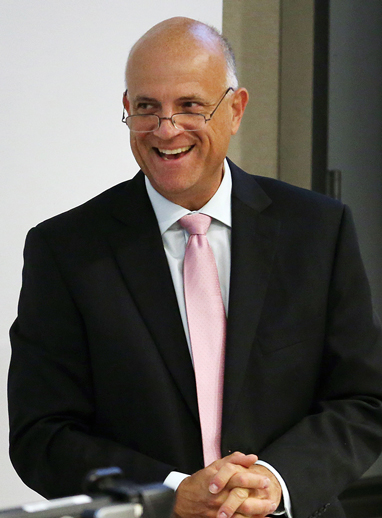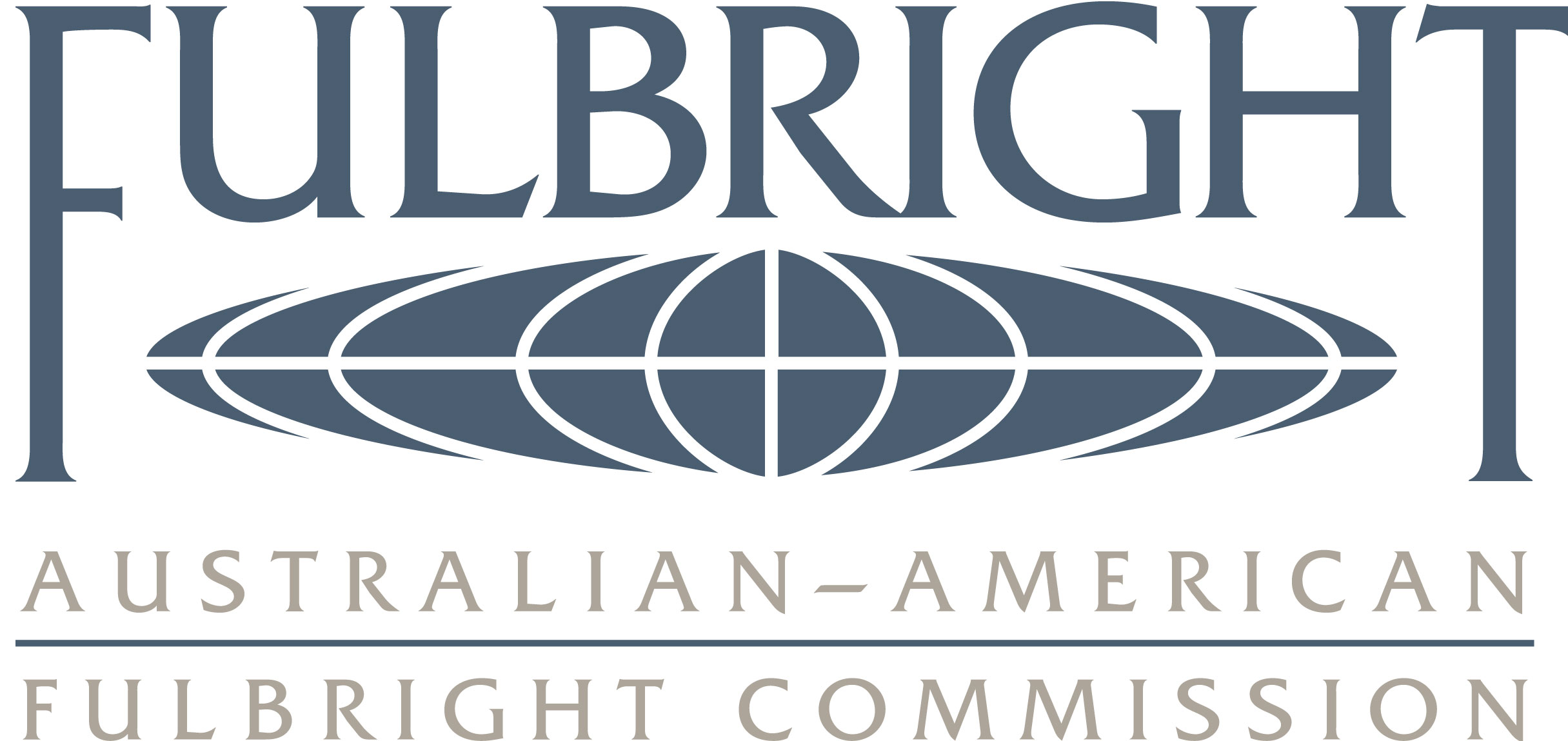Held on the 4th Apr 2019
at 6pm to
7:30pm
A Fulbright Public Lecture
presented by
William P. Schonberg, P.E., D.S. F.ASCE, F.ASME, AssocF.AIAA
Fulbright Distinguished Chair in Advanced (Defence) Science and Technology Sponsored by the Australian Government, Defence Science and Technology Group
Since 1957, the near-earth population of trackable space objects has grown from 1 to over 18,000. These objects are typically softball size or larger. Of these 18,000+ trackable objects, only several hundred are operational spacecraft. The remainder are pieces of space junk, that is, objects which no longer serve any useful purpose. Some of these objects are fragments from explosions while others are from the breakup of satellites or rocket boosters. In addition to the trackable objects, there are several hundred thousand objects the size of marbles and several million objects the size of sand grains.
As a result, all spacecraft that operate in low-earth-orbit (such as the International Space Station) are subject to high-speed impacts by space junk, which is also called ‘space debris’ or ‘orbital debris’. The threat of damage from high-speed orbital debris particle impacts has become a significant design consideration in the development and construction of long duration earth-orbiting spacecraft. Even a marble-size piece of space debris can inflict considerable damage to or even destroy an orbiting operational spacecraft or satellite. Considerable resources have been expended by NASA, the European Space Agency (ESA), and many other countries around the world to design and build spacecraft that can survive in the hostile space environment and which can be protected from damage by pieces of space junk.
During this presentation a variety of topics related to space debris will be reviewed, including:
- Where does space debris come from?
- How much space junk is really out there?
- What happens when a spacecraft is hit by a piece of space junk?
- How can we protect a spacecraft against damage by space debris impacts?
- Is there any way to clean up the near earth region of space?
- Will the situation improve or worsen in the future?
About the Speaker
 William is a professor of engineering at Missouri University of Science and Technology with over 30 years’ research and teaching experience in the areas of hypervelocity impact and penetration mechanics. The results of his research have been applied to a variety of engineering problems, including development of spacecraft protection systems and analyzing response of munitions to bullet impact. The ultimate objective of William’s work is to enhance the safety of the people of Australia and the US. When integrated by the DST Group in its programs, the models developed will aid in experimental planning, facilitate quick comparisons of armour types, allow rapid evaluations of armour vulnerabilities, and act as inputs to vulnerability and lethality evaluation tools. The result will be a more robust set of algorithms that will maintain the preeminence of both the DST Group and the US Army in the area of vehicle survivability and armour development.
William is a professor of engineering at Missouri University of Science and Technology with over 30 years’ research and teaching experience in the areas of hypervelocity impact and penetration mechanics. The results of his research have been applied to a variety of engineering problems, including development of spacecraft protection systems and analyzing response of munitions to bullet impact. The ultimate objective of William’s work is to enhance the safety of the people of Australia and the US. When integrated by the DST Group in its programs, the models developed will aid in experimental planning, facilitate quick comparisons of armour types, allow rapid evaluations of armour vulnerabilities, and act as inputs to vulnerability and lethality evaluation tools. The result will be a more robust set of algorithms that will maintain the preeminence of both the DST Group and the US Army in the area of vehicle survivability and armour development.
Refreshments from 5.30pm
Presented in partnership with the Australian-American Fulbright Commission.

 This event will be broadcast live through the University's Livestream channel - https://livestream.com/universityoftasmania. You can watch live or at a later date.
This event will be broadcast live through the University's Livestream channel - https://livestream.com/universityoftasmania. You can watch live or at a later date.